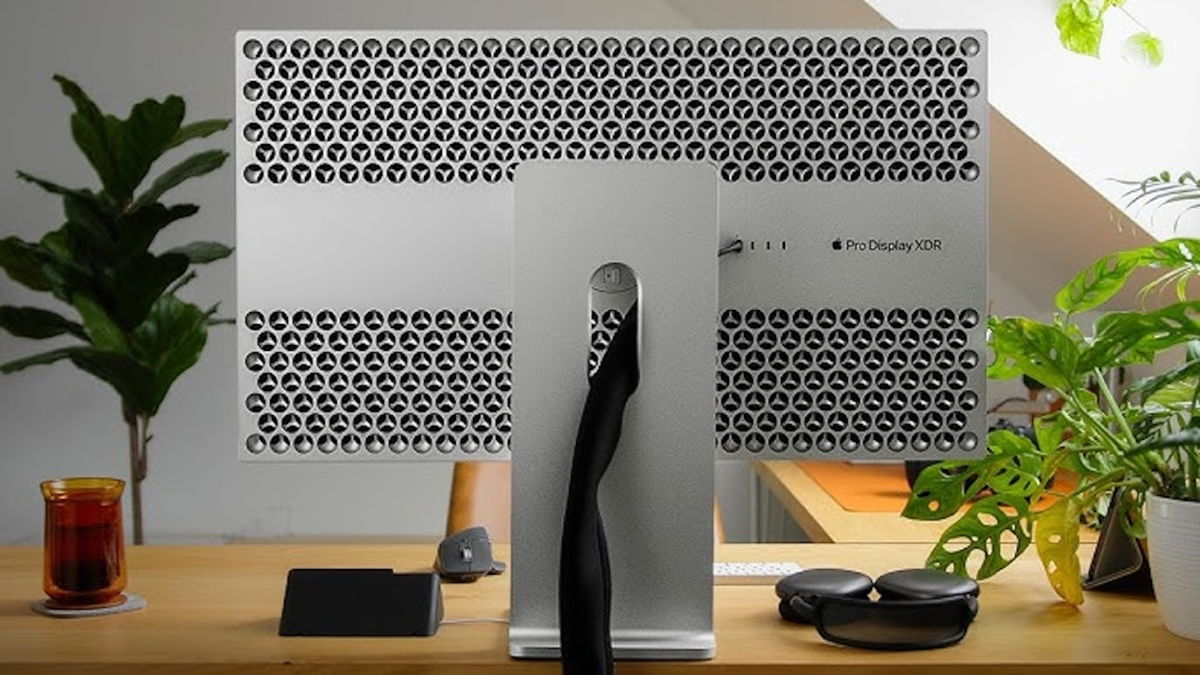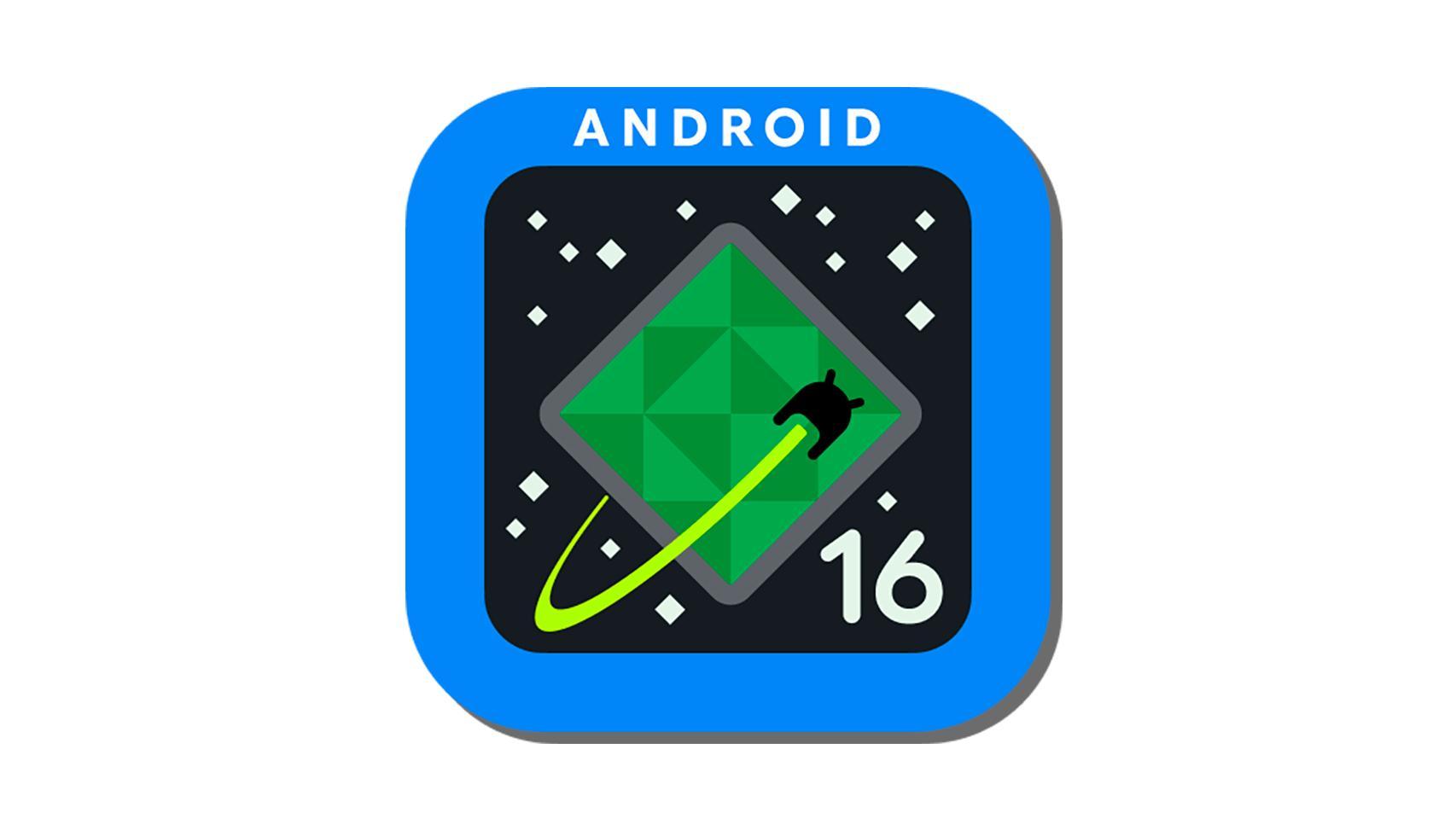It seems that Every year a new controversy arises with every iPhone model presented by Apple. With the iPhone 6, we had the problem of bending it. More recently, heating issues with the iPhone 15 Pro. And this year, the emphasis is placed (and never said better) on the ultra wide angle camera.
For the first time, the iPhone has a second 48-megapixel sensor. This was already the case with the iPhone 14 Pro when the x1 main camera was introduced, and two years later, he took the plunge with the iPhone 16 Pro with the ultra wide angle camera, one of those that needed the most improvement.
Advances in the 48-megapixel camera and how it works
Before getting into the controversy itself, you need to know what the sensor looks like iPhone 48 megapixels and how it works. Because although many think that it uses this resolution to take photos, that is not entirely the case. If you want to take a photo with the highest quality, you will need to enable it manually, which can have both advantages and disadvantages.
The 48-megapixel camera allows the iPhone to capture more information, but not necessarily deliver a photo of that size. The main reason Apple integrated a sensor is to get more data to compose the photo. SO, They use a technology called “pixel binning”


So what is this camera for? Is it the same as 12 megapixels? No way. The 48 megapixel camera has dual functionality– Capture more information in daylight. In this case, you can activate the 48 megapixels from the settings and take your photo with maximum quality.
However, when night falls or we are indoors, Apple combines these 48 megapixels to get more light. The result will be a 12 megapixel photo, but with the advantage of being taken with a 48 MP sensor, and therefore capturing more information. Apple itself explains it in Settings > Camera > Formats > Photo Capture.
The controversy is served: manual or automatic photo?
This is neither the first nor the second YouTube channel that gives a bad impression of the iPhone 16 Pro camera and these days have been experienced on the social network. a real battle following the result of the ultra wide angle camera of the iPhone 15 Pro vs. that of the iPhone 16 Pro. Who is right? Well, all at once.
If Apple offers us the possibility of photographing at 48 megapixels, we should expect a better result, or at least, a more defined one. However, the low-light test was disastrous, leaving the previous year’s iPhone with a better result than the current one.
Because? Well, precisely because of everything mentioned above. You need to let the iPhone do its computational photography processwhich includes the famous night mode and reduces the image size to 12 megapixels so that pixel binning can be done. Otherwise, the result will be a photo with lots of noise and poor quality.


More megapixels does not mean better photography
This phrase has been repeated to us by Apple for years. Do you remember what it cost to upgrade to 12 megapixels? Almost as much as the 48. However, the cameras Professionals or semi-professionals rarely exceed 24 or 26 megapixels. This is the same principle we discussed previously. The more pixels there are, the less light enters each of them and the worse the result.


This, coupled with the fact that the size of the physical sensor is crucial for getting a better low-light photo, makes the debate open. But if, Apple is also a slave to marketing. And with Android devices surpassing 100 megapixels, how could they keep up with just 12 MP?
This is not to say that the increase to 48 megapixels is useless, or even worse than the previous phone. You just have to know how it works. And it is understood that a professional who will really take advantage of this resolution will take the lighting into account to take the photo in the right conditions.


How do I take my photos with the iPhone then?
Well, it will depend on our goals to achieve. Shooting “just because” everything in 48 megapixels will only fill up more of our iPhone’s storage and, unless you need to apply a very pronounced crop to the photo, it makes no sense. However, The 48-megapixel sensor already helps you collect more brightness than a simple 12 MP, there is therefore already an advance here compared to the previous generation.


Plus, and as long as you do it manually, you can take your photo at 48 megapixels. But take your environment into account. If it’s daytime or very well lit, it’s worth losing that extra brightness that pixel-binning gives you in exchange for higher resolution. If you plan to do it at night, you will have a bad result if you don’t have night mode and long exposure, something that even the most professional cameras also play when night photography.


So yes, the debate is still open. And that’s it depending on the type of person you areyou will more or less benefit from the 48 megapixels. But if we must be clear, it is that, even by taking photos at 12 MP with “pixel binning”, you will have already gained in brightness and definition compared to the previous generation.
In Applesfera | How to Get Better Photos with Your iPhone by Changing These Six Settings
In Applesfera | How to take 48 megapixel photos on our iPhone: take photos with the best possible quality with just the press of a button
Table of Contents









